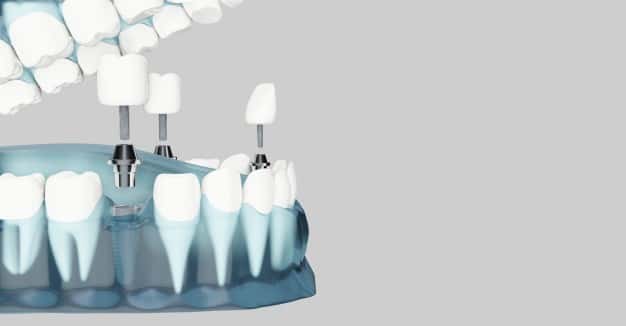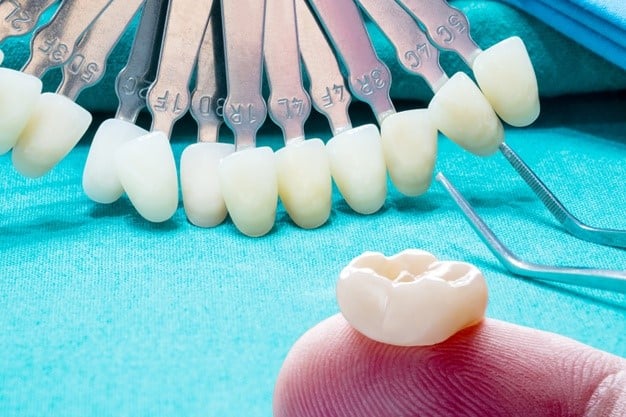Loss of one or multiple teeth is a common problem. There are several reasons for a missing tooth such as tooth decay, gum disease, congenital conditions, or injury. Whatever the cause may be, a missing tooth leaves a striking gap between teeth, which in turn causes a variety of problems. To get rid of these problems, the gap created from the missing tooth needs to be filled.
This is where the revolutionary Dental Bridge comes to the rescue. Dentists recommend them when there are teeth present on either side of the missing tooth/teeth. The bridge remains in its place with the support of healthy teeth on either side of the gap. It is a permanent solution that stays cemented in the mouth and does not come out on its own. However, if required, your dentist can remove it easily when needed.
Why should I Fill that Gap?
It is important to fill the gap because:
1. Teeth work together, and any gaps between them will negatively impact chewing function.
2. Whatever you eat can get stuck in the gap.
3. The gap makes your smile look unpleasant.
4. Other teeth might move into the gap, causing pain and further loss of chewing function.
5. The gap makes it difficult to chew and bite properly.

What is a Dental Bridge?
It is one of the most effective ways to fill a gap between your teeth. Ideally, it is recommended if there are healthy teeth present on either side of the gap. The supporting teeth on either side of the gap are abutment teeth, and the fake teeth are called Pontics.
We can make these Pontics with gold, alloys, porcelain, or a combination of these materials.
What are My Options?
Based on your specific condition, your dentist in Chandler might suggest one of the following options for your dental bridge:
1. Traditional fixed bridge: These comprise of ceramics, porcelain, or metal. The crowns and the fake teeth are all connected. The crowns keep the bridge fixed in its place.
2. Cantilever bridge: We connect the Pontic to only one supporting tooth. This option is appropriate in select areas of the mouth and has the benefit of being much easier to keep clean based on its design.
3. Maryland dental bridge (resin-bonded bridge): This is for people who have missing front teeth. It comprises of ceramic teeth or porcelain fused to metal with a framework to support it. This type of bridge has wings that bond with the existing teeth.
4. Implant-supported bridge: They are like a traditional fixed bridge, but instead of teeth, Implants hold the Bridge in place. People who don’t have healthy teeth on the side of the gap can benefit greatly from these.

What is the Dental Bridge Procedure?
On your first visit, your Chandler dentist prepares the abutment teeth. They might remove a part of the enamel from the teeth to make space for the crown to fit properly, this is called re-contouring. Then, with the help of molds and computer scanning, impressions for the new teeth are prepared.
We then send these impressions to the dental lab that will make the Bridge, Pontics, and Crowns. Meanwhile, your dentist will provide a temporary bridge to protect the exposed teeth and gums.
On your second visit, the temporary bridge is removed, and the new porcelain or metal bridge is tested for fit, bite, and comfort. You may require a few visits for the proper testing of the metal framework.
This process is specific to each individual and yet quite simple. It may take anywhere between 5 to 14 days for the bridge to become fully functional.
How Long does it Last?
With proper care, checkup, and good oral hygiene, a dental bridge can easily last up to 20 years.
What are the Advantages of getting a Dental Bridge?
Here are some of the many benefits of a Dental Bridge:
1. Restores your smile.
2. Restores proper chewing and speech.
3. Maintains the shape and contours of your face.
4. Distributes the biting forces properly by filling the gap.
5. Prevents remaining teeth from moving into the empty gap.
6. Reduces overworking of the jaw and muscles used for chewing.


